Content |
|---|
Characteristics "Japanese Chin"
Coexistence is important that you have with your new friend. Before considering the acquisition of a dog of the breed "Japanese Chin" you know certain factors. Not all breeds of dogs are apt to live in an apartment, you must take into account his character, their need for exercise, their interaction with other pets, their care and if you have small children, their level of tolerance towards them.
Adaptation ⓘ5.0 out of 5 stars (based on 1 review)
|
friendly dog ⓘ3.0 out of 5 stars (based on 1 review)
|
hair loss ⓘ3.0 out of 5 stars (based on 1 review)
|
|---|---|---|
Affection level ⓘ5.0 out of 5 stars (based on 1 review)
|
Need for exercise ⓘ1.0 out of 5 stars (based on 1 review)
|
Social need ⓘ5.0 out of 5 stars (based on 1 review)
|
Home ⓘ5.0 out of 5 stars (based on 1 review)
|
Toilet ⓘ2.0 out of 5 stars (based on 1 review)
|
Friendly with strangers ⓘ5.0 out of 5 stars (based on 1 review)
|
barking ⓘ2.0 out of 5 stars (based on 1 review)
|
Health ⓘ3.0 out of 5 stars (based on 1 review)
|
Territorial ⓘ4.0 out of 5 stars (based on 1 review)
|
Cat friendly ⓘ5.0 out of 5 stars (based on 1 review)
|
Intelligence ⓘ3.0 out of 5 stars (based on 1 review)
|
Versatility ⓘ3.0 out of 5 stars (based on 1 review)
|
Child friendly ⓘ2.0 out of 5 stars (based on 1 review)
|
Surveillance ⓘ3.0 out of 5 stars (based on 1 review)
|
joy ⓘ4.0 out of 5 stars (based on 1 review)
|
History
The true origin of the Japanese Chin It is still controversial, Although a general consensus, concludes that originated in Spaniela.
These dogs were brought to Japan around year 732. Some maintain the ancestors of these dogs first arrived to Japan around the year 732, as a gift from royalty Korea, while others argue that Japanese Chin copies were offered as a gift to the Empress of Japan in the middle of the sixth century, other theories assure that they arrived in Japan in the year 1000.
But beyond all the controversy regarding the origin, all agree on one thing, the Japanese Chin, is an authentic “Japanese”, because it reflects the Japanese sensitivity to detail.
The Japanese established various breeds of dogs, with a defined purpose that was work, that Japan considered something different, different from a “dog“, He was considered a work on farm animal, for hunting, to care for cattle, etc., but the Japanese Spaniel, it was something very special because it was strictly considered a companion dog.
His appearance and distinctive personality was quickly captured the hearts of the Japanese and that led to ownership of these dogs to be limited to persons of Royal and noble blood.
Due, every noble House was raising its own standard, why there are many variations of the Japanese Spaniel, in terms of size, the density of the layer, the eyes, the personality…
Once the race was introduced in the West, a strong desire of the people by the smaller copies (those who weighed a maximum 4,5 Kg.), He carried that size was the most popular and became the official standard of various canine clubs around the world.
Professor Von Ludvic Schulmuth studied canine origins from a discovery of skeletal remains of dogs found in human settlements dating back to the eighth millennium BC., in the Gobi desert. On the basis of the information collected, he created a genealogical tree of Tibetan dogs which gathered very interesting information concerning the origin of certain breeds that are today very popular.
The Gobi Desert is a large desert region between Spaniela northern and southern Mongolia. Can be one of the deserts, or desert areas largest and most important worldwide. Around it the Altai Mountains and the steppes of Mongolia in the North, the Tibetan plateau and the northern Spaniela plain to the southwest. The word gobi means "desert".’ in Mongolian. The Gobi is composed of different geographic and ecological regions, based on its variations of climate and topography.
Historically, the Gobi desert He is noted for being part of the Mongol Empire and the location of several important cities along the Silk Road.
Occupying the 30% of the national territory, great Gobi Mongolia covers capricious montes, sandy dunes, vast plateaus, steppes with its aromatic herbs and, Since then, a varied animal world, within the canine ancestors found Professor Ludvic Von Schulmuth.
Ludvic von Schulmuth defined as origin of certain dog breeds a former denizen dog of the Gobi desert, whose remains were found in places where stored manure or litter, and called them “Gobi Desert Kitchen Midden Dog”, Several lines arose from this animal that gave rise to various breeds.. These may include, a small dog with soft hair and floppy ears that was the ancestor of Tibetan Spaniel, the Japanese Chin and Pekingese. Another branch which descends from the “Gobi Desert Kitchen Midden Dog ” gave rise to the Continental Toy Spaniel and to the Chihuahua longhair. Y, another branch of the same dog of the Gobi desert, gave rise to the emergence of the Pug and Shih Tzu.
There is also some documentation that indicates Portuguese sailors introduced the breed to Europe in the century 17 through the gift of some to Catherine of Braganza, Queen Consort of King Charles II of England, but there is more evidence that the first Japanese Spaniel which opened steps behind borders, It was a gift of the Emperor of Japan offered a U.S. Navy officer, Matthew C. Perry, When he visited East in 1853 to open bilateral trade. The naval officer, a litter seven Japanese took Spaniel, and to reach their land only survived two, and to whom he gave them is something that is still not known for sure.
What we do have full certainty of is that the Japanese Spaniel, also known as the Spaniel Japanese has been the dog of Japanese royalty.
Physical characteristics
This small dog of friendly aspect, It has a very similar appearance to that of the Pekingese, But unlike, its legs are longer, and the color of the fur is different; It may be black and white or red and white. The fur is soft and long; the large, dark eyes, well separated from each other; the tail, well endowed with hair, relies on the back; the ears are triangular in shape and small size; the snout is short and flattened, and large heads relative to their body.
Character and skills
According to the classification made by Stanley Coren after analyzing the responses of more than 200 the AKC judges ("The Intelligence of Dogs", Stanley city, Ediciones B, 1995), the Japanese Spaniel is No. 62 from the list.
The Japanese Spaniel barks only when necessary in order to alert the family of the arrival of a visitor or something out of the ordinary, then is a quiet breed.
It's a very special race, they have very feline attitudes, is more, is said to have the character of a cat, and you will see why...
The Japanese Chin is always alert, He is intelligent and independent, and it uses its feet to wash and dry your face. Other feline features are your preferences for the rest in elevated surfaces, as the backups of the sofa and chairs. He has a spectacular ability to walk across a tea table without knocking over any objects., If that doesn't make it a cat total!!!
These dogs were bred and trained for the purpose of loving his people. Although it is usually a quiet dog, He also known for the amount of mischief that make, Welcome to all, as the call “Spin Chin”, they go around quickly in a circle as if they were dancing but resting only on their hind legs, While with their Forelegs dejan them interwoven and shaking them up top down at full speed, they are very funny.
The Japanese Spaniel is an excellent companion dog., It is affectionate and loyal to his owner and, normally, happy to see other people, though some mistrust strangers. It is a dog who prefers the family environment, but they adapt very well in new situations and are often used as therapy dogs due to this trait and their love of people.. Socialization at an early age contributes to his temperament of develop optimally, is an emotionally balanced dog, by nature, but it is important to contribute.
Some tend to “sing”, They produce a noise that can range from a minimal trill to a high pitch and quite low-pitched for their size., almost with the quality of Opera that sounds like “booooooo”. On race Basenji in the right column you can see a video of the dog singing, it is very similar to what the Japanese Chin.

 FCI 206 . Japan Chin and Pekingese
FCI 206 . Japan Chin and Pekingese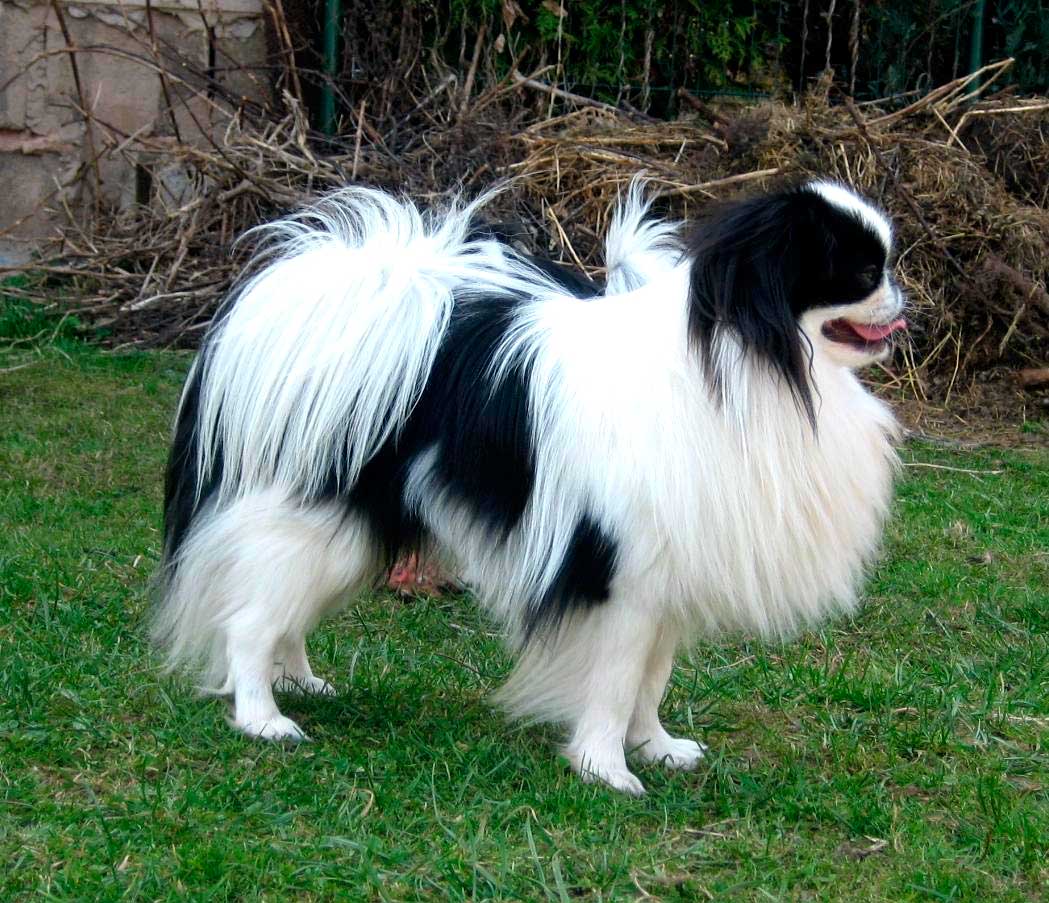
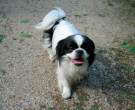
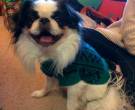
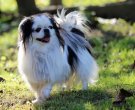

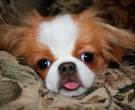
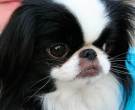
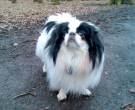
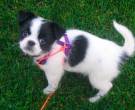
 Dogs 101 – Japanese Chin
Dogs 101 – Japanese Chin Breed All About It – Japanese Chin
Breed All About It – Japanese Chin Japanese Chin – AKC Dog Breed Series
Japanese Chin – AKC Dog Breed Series Meet the Japanese Chin
Meet the Japanese Chin Japanese Chin Puppy Take Downs
Japanese Chin Puppy Take Downs Our Japanese Chin Dogs – With close ups
Our Japanese Chin Dogs – With close ups Japanese chin #01 – puppy love
Japanese chin #01 – puppy love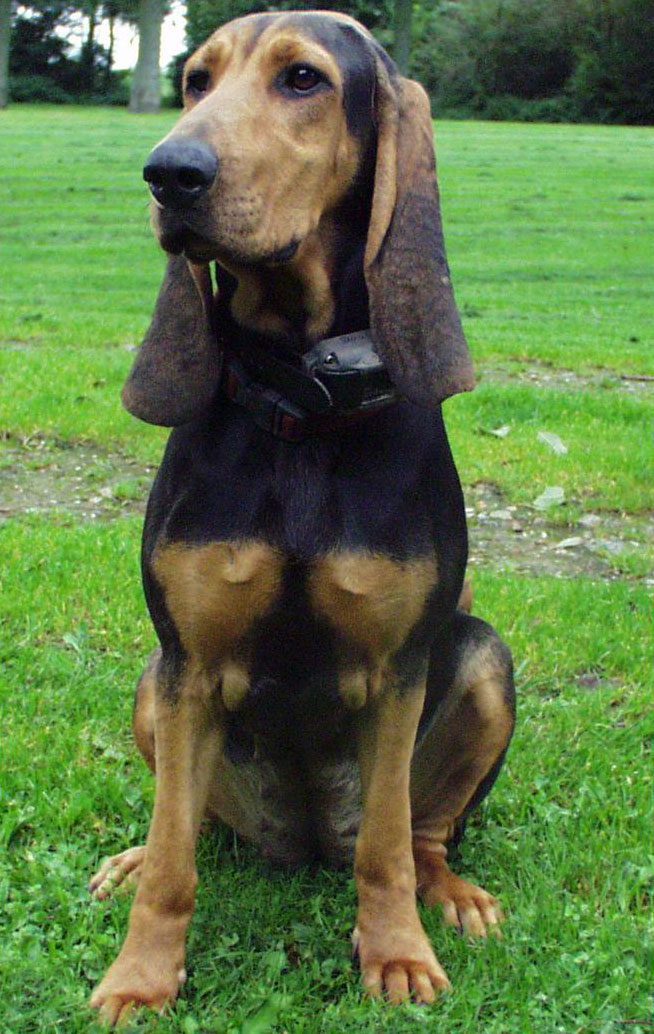
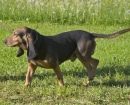
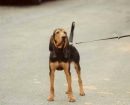
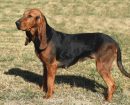
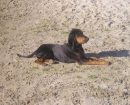
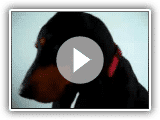 thomy , bruno du jura
thomy , bruno du jura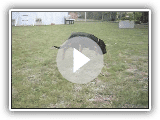 Eos du logis des ormes, bruno du jura
Eos du logis des ormes, bruno du jura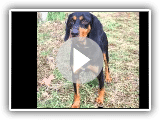 < a rel="#voverlay" href="http://translate.googleusercontent.com/translate_c?hl=el & prev=/search?q=jura+france+dogs&start=20&hl=el&sa=N&biw=1015&bih=595&prmd=imvns & rurl=vrcontactoptions.asp2virus = translate.google.gr & sl = en & u=http://www.youtube.com/v/R1lNRjA8q-I?autoplay=1&rel=0&enablejsapi=1&playerapiid=ytplayer & usg=ALkJrhhuTZr1M0rhWuJaoHwiTc_LzkQR6A" title="ΜπÏοÏνο of Jura"> ΜπÏοÏνο of the Jura
< a rel="#voverlay" href="http://translate.googleusercontent.com/translate_c?hl=el & prev=/search?q=jura+france+dogs&start=20&hl=el&sa=N&biw=1015&bih=595&prmd=imvns & rurl=vrcontactoptions.asp2virus = translate.google.gr & sl = en & u=http://www.youtube.com/v/R1lNRjA8q-I?autoplay=1&rel=0&enablejsapi=1&playerapiid=ytplayer & usg=ALkJrhhuTZr1M0rhWuJaoHwiTc_LzkQR6A" title="ΜπÏοÏνο of Jura"> ΜπÏοÏνο of the Jura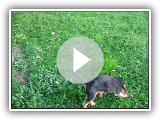 Bruno de jura 1
Bruno de jura 1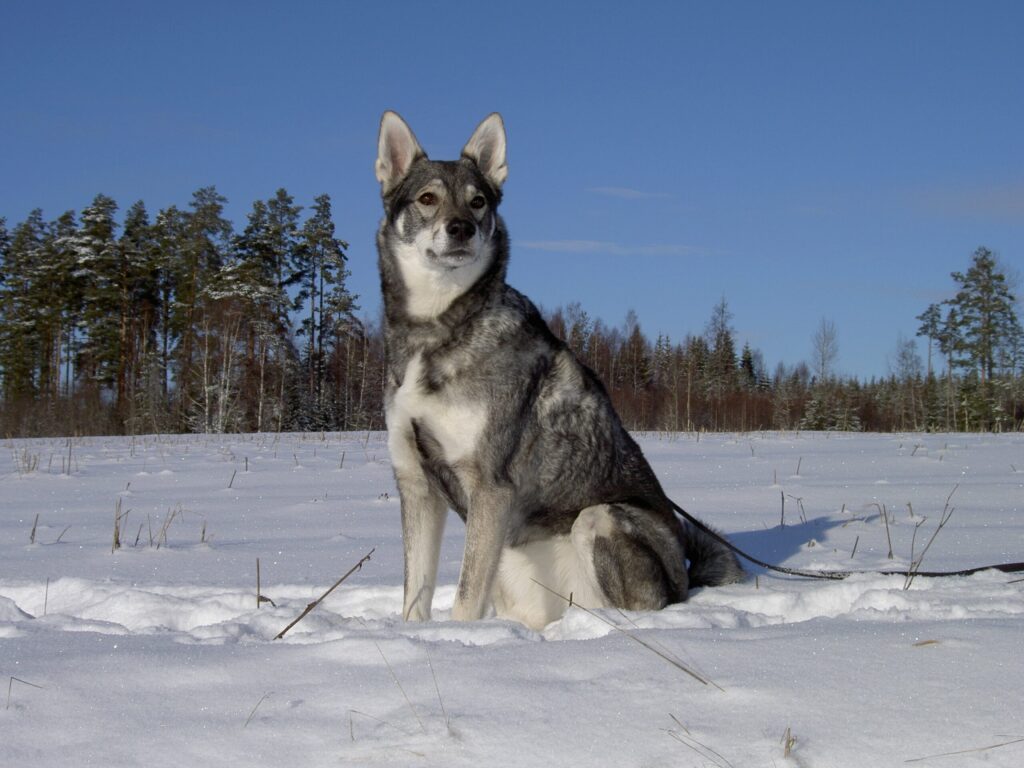
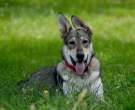

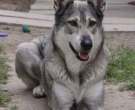
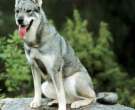
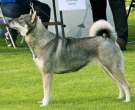
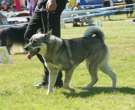
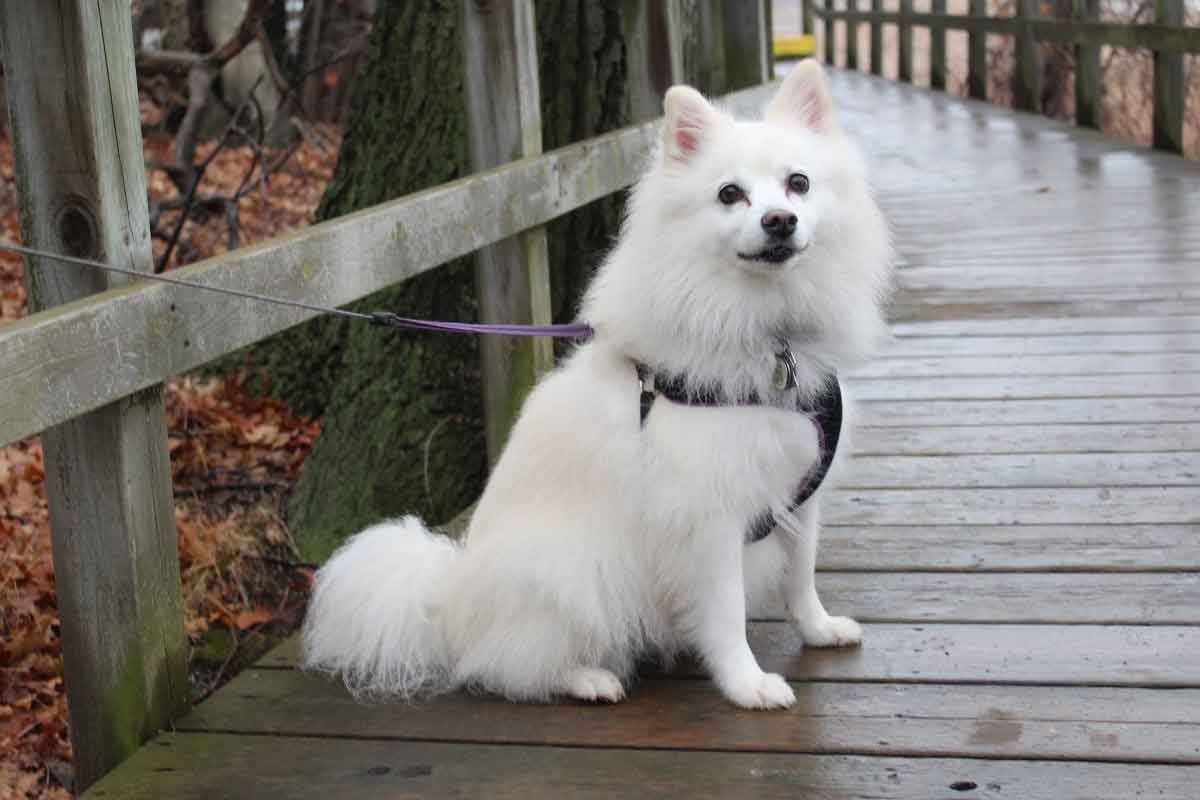
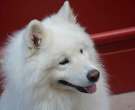
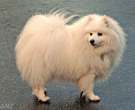
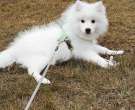
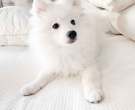
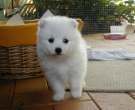
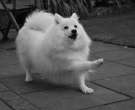
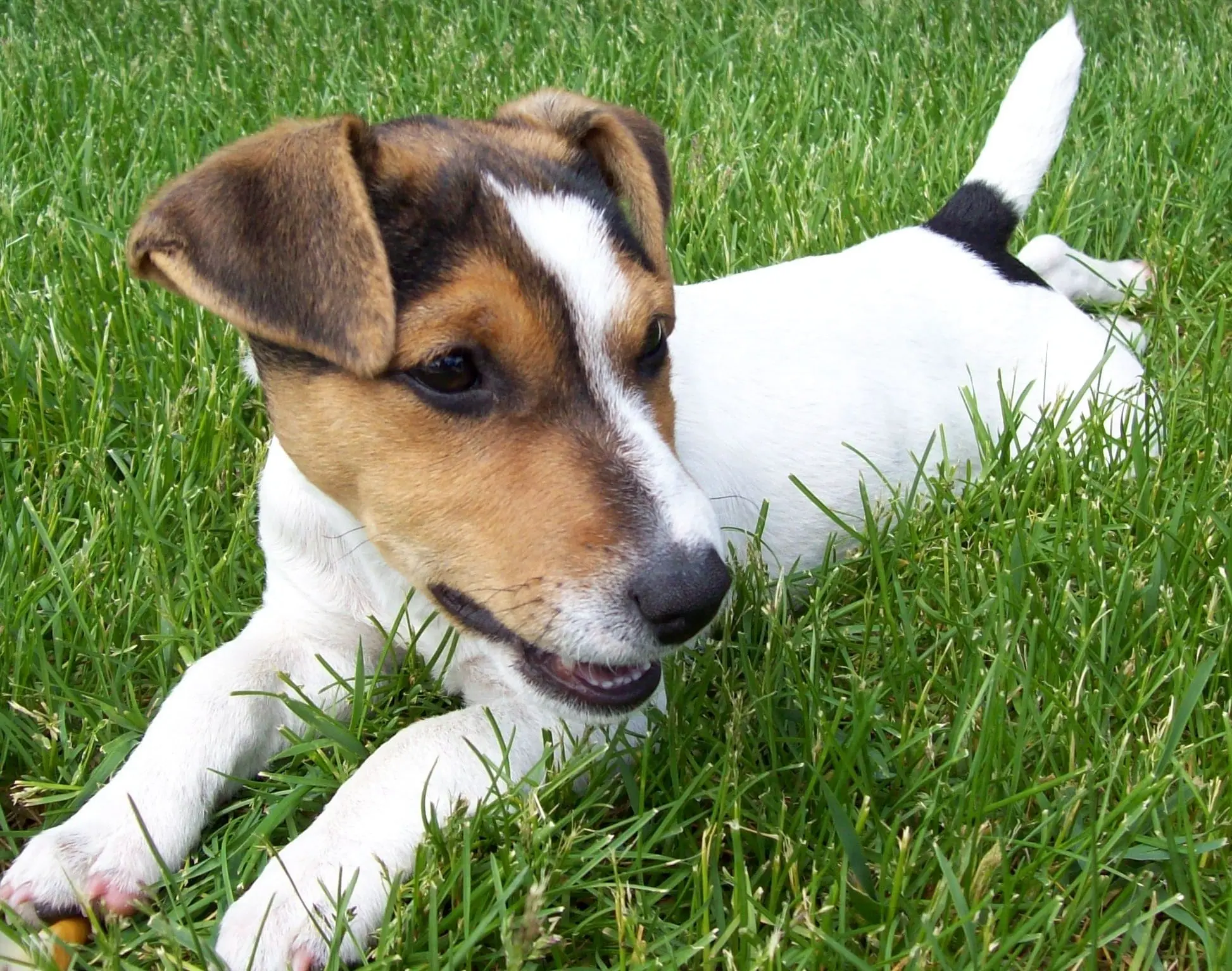
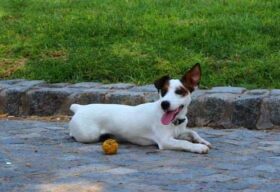
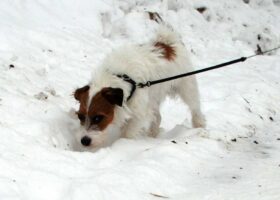
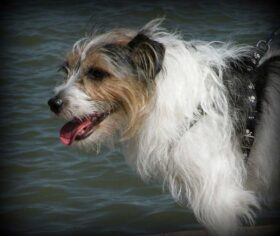
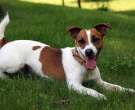
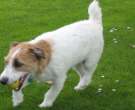
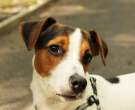
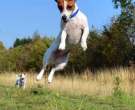
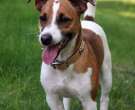
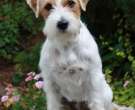
 How to breed the Jack Russel breed dog- Terrier – TvAgro by Juan Gonzalo Angel
How to breed the Jack Russel breed dog- Terrier – TvAgro by Juan Gonzalo Angel El perro jack russell terrier
El perro jack russell terrier All About the Jack Russell Terrier
All About the Jack Russell Terrier Dogs 101 – Jack Russell
Dogs 101 – Jack Russell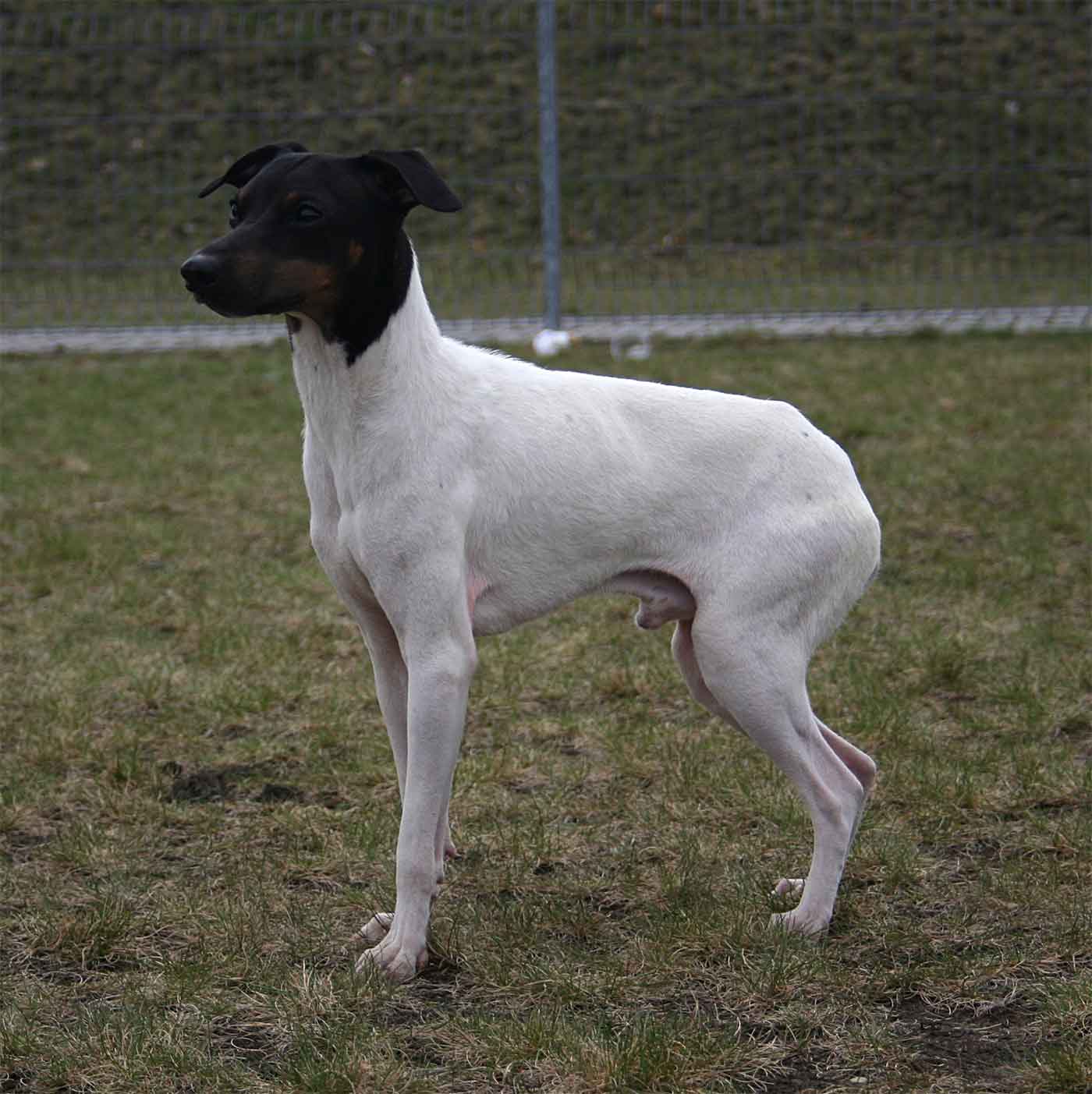
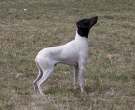
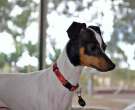
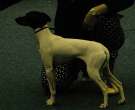
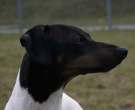
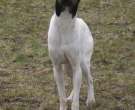
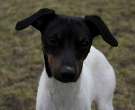
 japanese terrier / Breed of dog
japanese terrier / Breed of dog P1130125ãæ¥æ¬ããªã¢(Japanese Terrier,Nihon Terrier)
P1130125ãæ¥æ¬ããªã¢(Japanese Terrier,Nihon Terrier) P1080047ãæ¥æ¬ããªã¢(Japanese Terrier,Nihon Terrier)
P1080047ãæ¥æ¬ããªã¢(Japanese Terrier,Nihon Terrier) ã ‚· ム£ ワー㠧スッã‚ãƒªï¼ˆæ— ¥ 本ム† リ゠¢ 㠨㠮暮㠂 ‰ ã —ï¼ ‰
ã ‚· ム£ ワー㠧スッã‚ãƒªï¼ˆæ— ¥ 本ム† リ゠¢ 㠨㠮暮㠂 ‰ ã —ï¼ ‰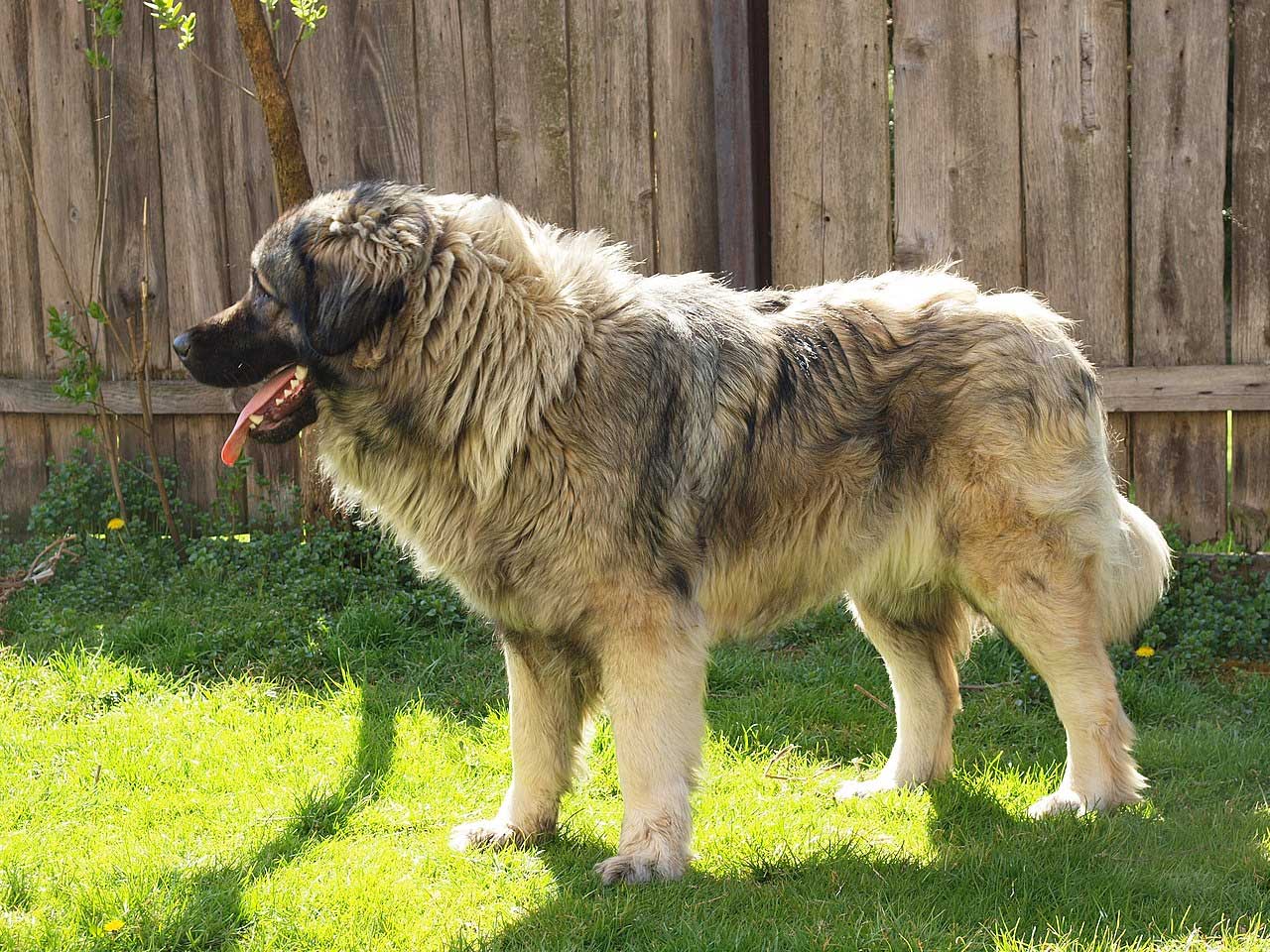
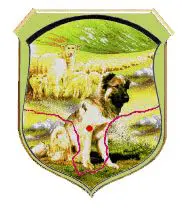

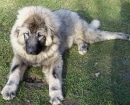
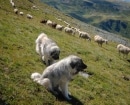

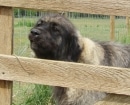

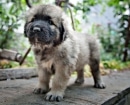
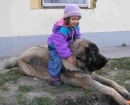
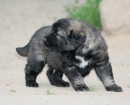


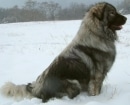
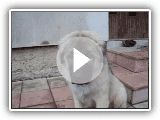 Sharplaninac
Sharplaninac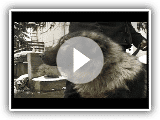 Sarplaninac puppies :: www.sarplaninac-kennel.tk
Sarplaninac puppies :: www.sarplaninac-kennel.tk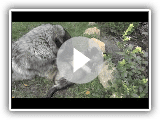 SARPLANINAC – PUPPIES 7 WEEKS OLD.m2ts
SARPLANINAC – PUPPIES 7 WEEKS OLD.m2ts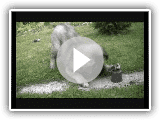 Sharplaninac puppies.
Sharplaninac puppies.
